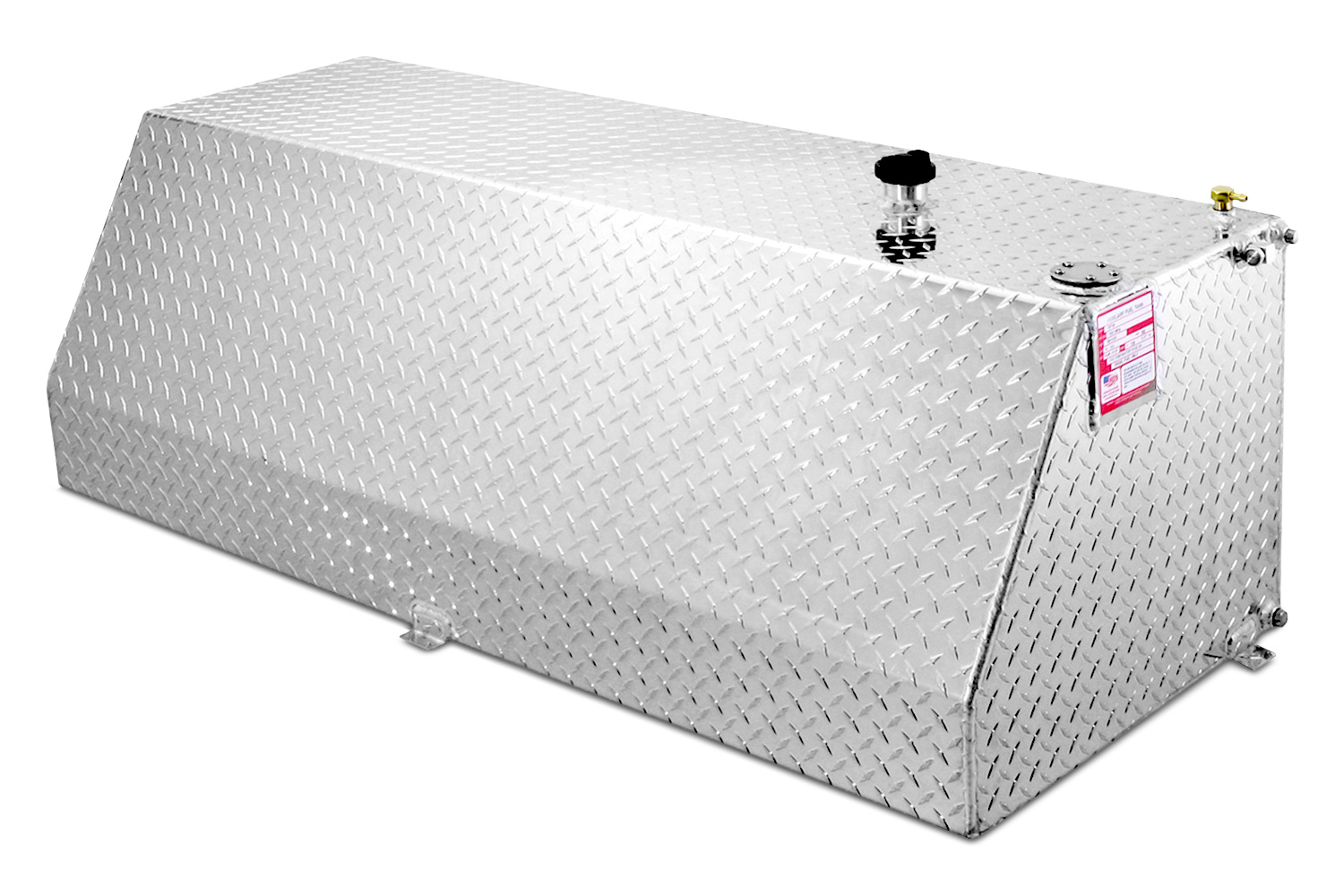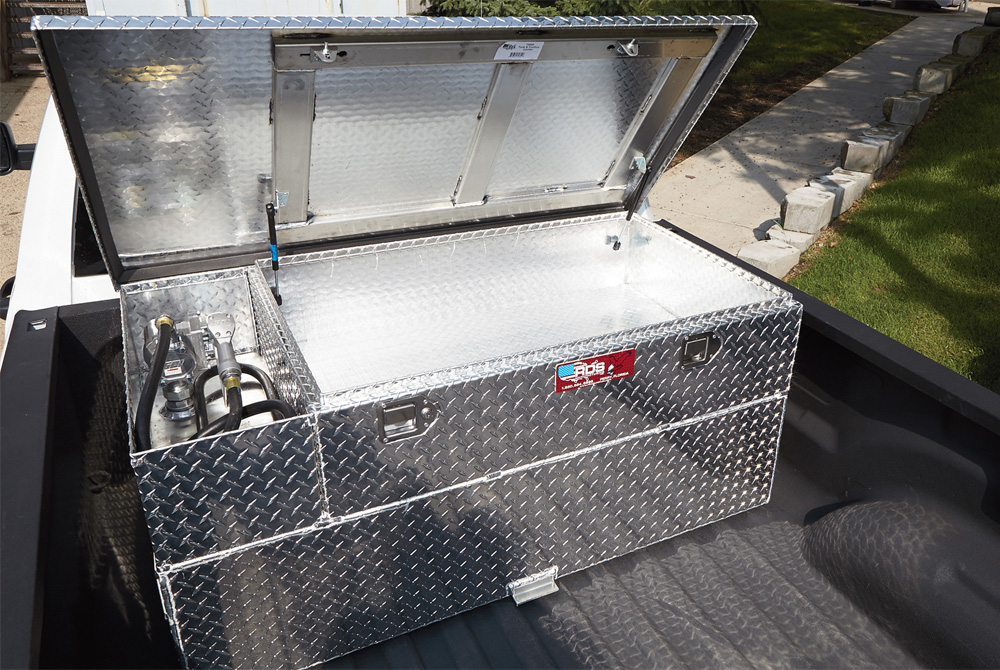4. Be Sure The Transfer Tank Is Well Made
Quality is the key to any purchase, why should a transfer tank be any different? Before making a purchase, whether aftermarket or from the factory itself, check out the US Consumer Product Safety Commission). You’ll want to make sure there are no recalls, like with Ford not long ago.
They are of course a good and strong company with a proud reputation, but they had an issue with one of their transfer tank models. The issue was delamination. Delamination basically is a separation of the material layers within the tank.
Get FREE White Paper With 10 Things To Know About The Transfer Tank
Simple put the innermost layer of Ford’s tank began peel away from the other layers! It doesn’t peel in big sheets but in flakes. These would then clog the fuel filter. A defective transfer tank can be a major issue; in essence you could run out of fuel with a full tank in a fuel truck! Imagine that!
Be aware of the tanks overall material makeup. Remember plastic tends to break down in excessive heat and/or cold. They can also warp or get deformed overtime. The three most common are:
- Plastic
- Steel
- Aluminum
- Or a composite
The best transfer tank will be of rugged design, preferably with baffles. These give additional strength, support and help make them more durable. The baffles also reduce sloshing of the fuel inside the tank, the fuel can’t violently move from side to side as easily.







